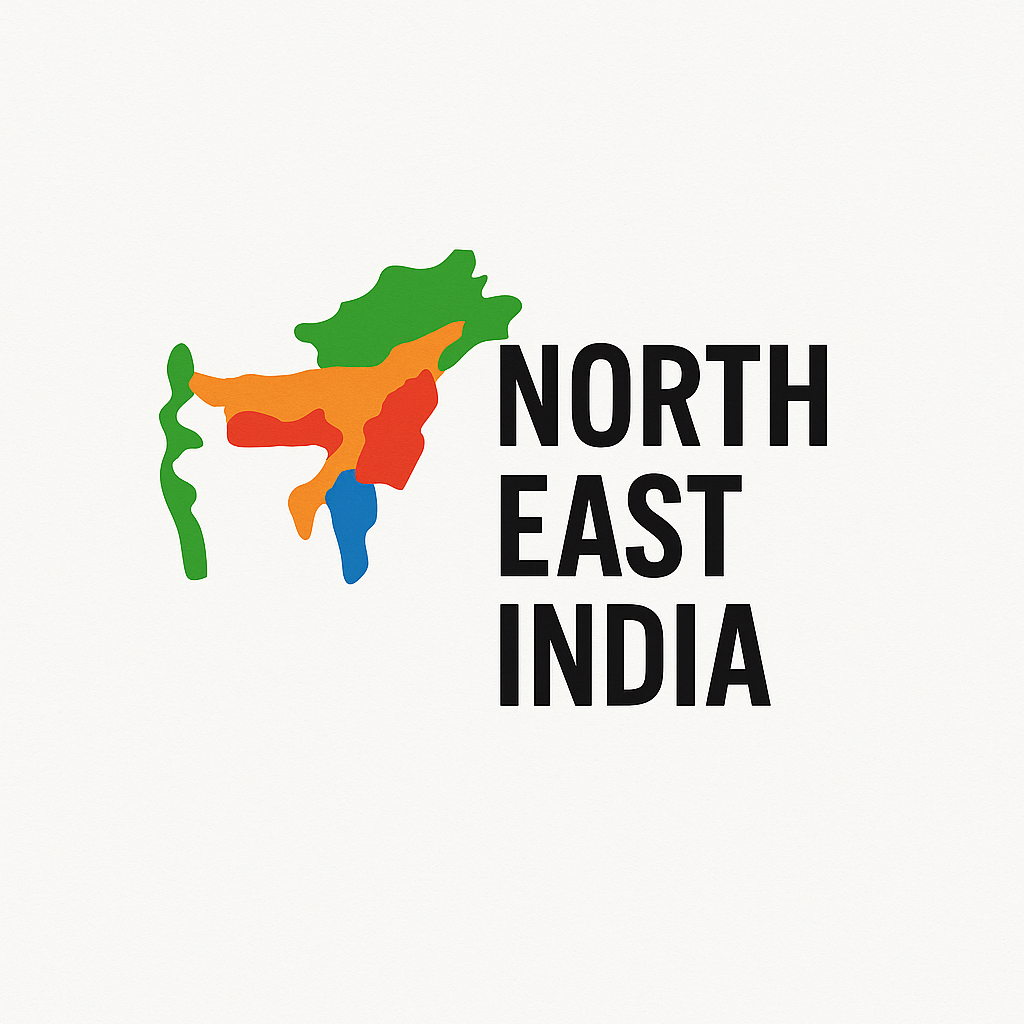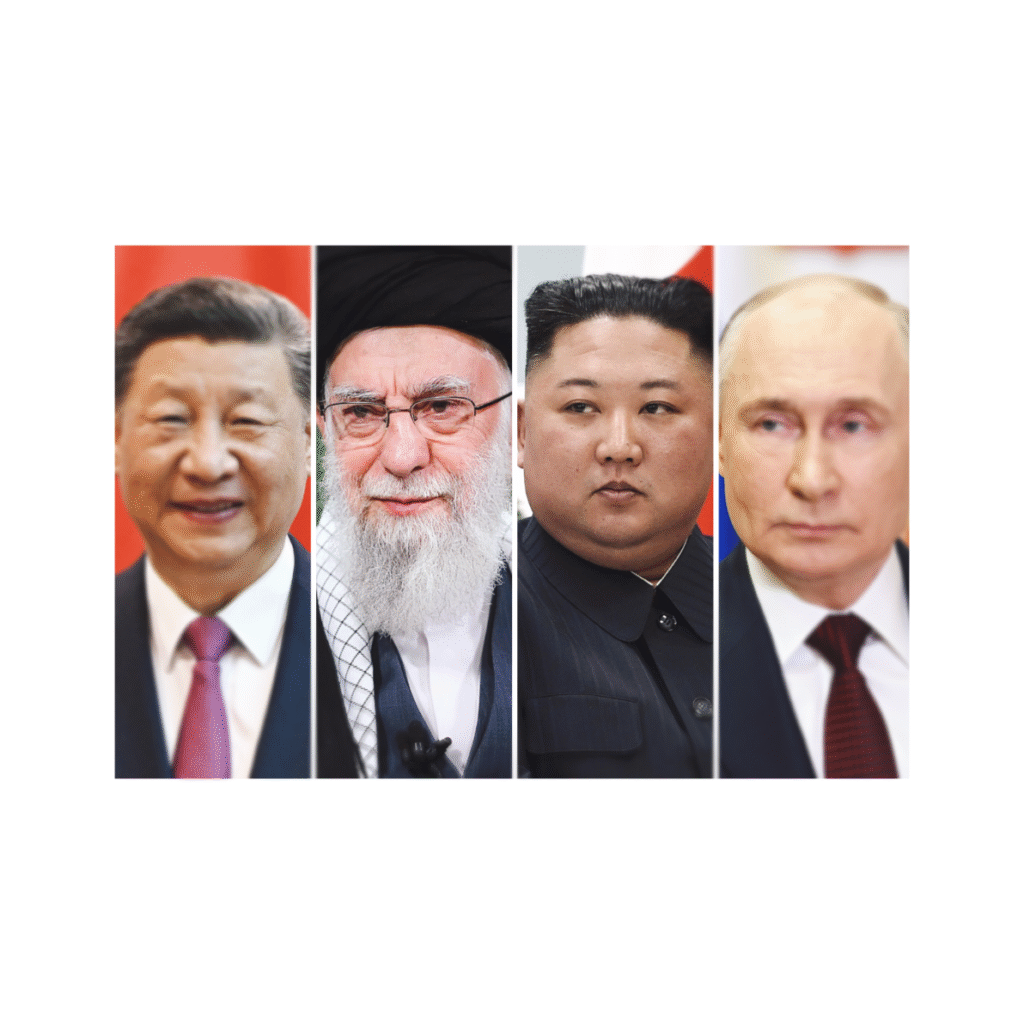
The geopolitical landscape of the Middle East is once again on fire. As tensions between Israel-Iran escalate dangerously, the war drums are not only beating in Tehran and Tel Aviv—but also echoing in Washington, Moscow, and Beijing. The current conflict is more than a bilateral confrontation; it is a manifestation of deep-rooted rivalries and strategic posturing by global superpowers who continue to shape regional conflicts for their own benefit.
https://pagead2.googlesyndication.com/pagead/js/adsbygoogle.js?client=ca-pub-7787437288479224
In this blog, we explore the origins of the Israel-Iran crisis, examine its present consequences, and decode the strategic role of the United States, Russia, and China—three superpowers whose influence, either by design or neglect, often decides the fate of war and peace across continents.
Israel, on the other hand, has pursued a doctrine of pre-emptive self-defense. Through high-tech surveillance, covert operations, cyber warfare (like the Stuxnet attack), and occasional airstrikes on Iranian targets in Syria and Iraq, Israel has attempted to keep Iran’s ambitions in check. The conflict is not just ideological—it’s strategic, with both nations vying for regional dominance.
https://pagead2.googlesyndication.com/pagead/js/adsbygoogle.js?client=ca-pub-7787437288479224
The Current Situation Israel-Iran: 2025 Flashpoints
As of mid-2025, the tension has reached alarming levels. Iran, emboldened by its expanding regional influence and strategic ties with China and Russia, has intensified its proxy support in Syria, Lebanon, and even parts of Iraq. Meanwhile, Israel recently launched a series of targeted strikes on Iranian weapons facilities in Syria, claiming pre-emptive defense against potential drone and missile attacks.
https://pagead2.googlesyndication.com/pagead/js/adsbygoogle.js?client=ca-pub-7787437288479224
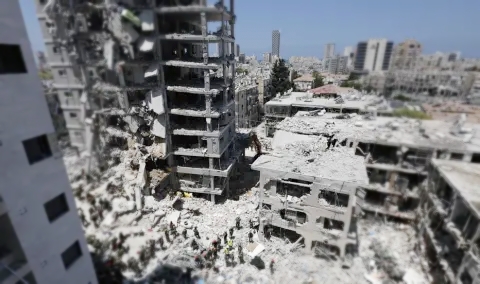
This tit-for-tat engagement has moved closer to a full-scale confrontation:
- Iran has reportedly mobilized its Revolutionary Guard units near the western borders.
- Israel has begun deploying Iron Dome batteries across northern territories and called for emergency military drills.
- Several oil tankers have been attacked in the Strait of Hormuz, threatening global energy security.
The world watches nervously Israel- Iran war-but the superpowers are not just observers; they are silent orchestrators.
America: The Unseen Ally of Israel
The United States has always maintained a “special relationship” with Israel. Billions in military aid, joint defense programs, and unwavering diplomatic backing at the UN Security Council define this alliance.
In the current crisis, the U.S. has provided satellite intelligence, early-warning radar systems, and advanced missile defense technologies. But its involvement goes beyond military aid—American oil companies, defense contractors, and strategic interests in keeping the Persian Gulf under its influence push Washington to stand firmly by Tel Aviv.
However, Washington’s approach has been inconsistent. While it publicly urges “de-escalation,” it simultaneously expands its arms sales and deploys naval fleets to the region. Critics argue that the U.S., instead of acting as a neutral mediator, often fuels the fire by encouraging Israeli aggression and isolating Iran through economic sanctions.
https://pagead2.googlesyndication.com/pagead/js/adsbygoogle.js?client=ca-pub-7787437288479224
Russia: The Cunning Chessmaster
Russia, on the other hand, has leveraged the conflict to assert its role as a counterweight to American influence. Its alliance with Iran is born not out of ideological kinship, but strategic necessity. Iran provides Russia with a reliable partner in the Middle East, especially after Moscow’s deep involvement in Syria.
In recent months, Russia has conducted joint military exercises with Iranian forces and sold advanced missile systems to Tehran. While claiming to support peace, Russia’s covert arms deals and oil trade with Iran help sustain Iran’s war machinery.
Moreover, by keeping the region unstable, Russia maintains high global oil prices—crucial for its own energy-dependent economy.
China: The Silent Investor with Strategic Intent
China’s interference is less direct but equally impactful. Through its Belt and Road Initiative (BRI), China has invested heavily in Iran’s infrastructure, energy sector, and ports. These investments are not just economic—they secure China’s access to Middle Eastern resources and offer a foothold in a U.S.-dominated region.
At the United Nations, China often blocks resolutions against Iran and urges “multi-party dialogue,” projecting itself as a peace broker. But its behind-the-scenes support—like the recent sale of drone technology and 5G military infrastructure to Tehran—reveals a calculated bid to disrupt Western alliances.
By aligning with Iran and maintaining economic ties with Israel, China cleverly plays both sides—ensuring its own interests, no matter the outcome.
https://pagead2.googlesyndication.com/pagead/js/adsbygoogle.js?client=ca-pub-7787437288479224
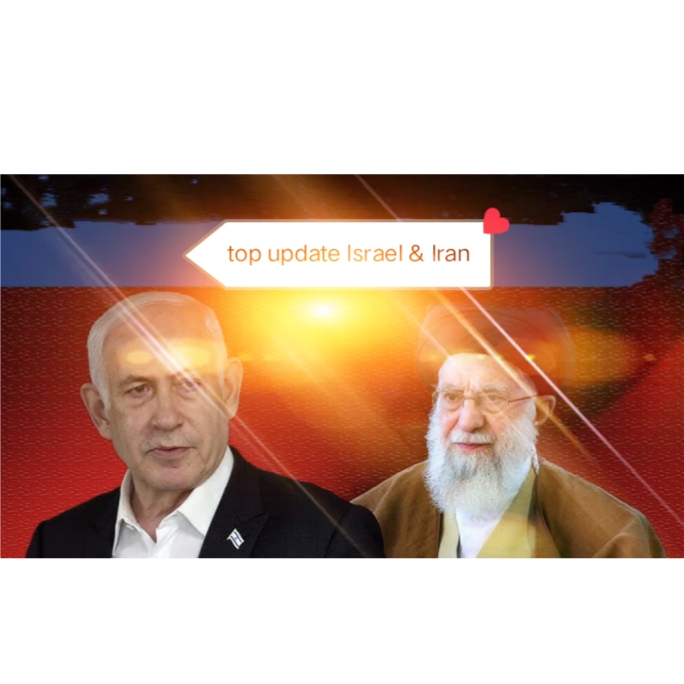
The Invisible Costs of Superpower Interference
While the world powers posture and profit, the real cost is borne by civilians of Israel- Iran. From Iranian towns near military bases to Israeli cities living under constant siren alerts, the human toll continues to mount. Refugee crises, crumbling economies, and rising hate crimes are the silent aftermaths of this proxy conflict.
Each superpower claims to act in defense of peace, sovereignty, or stabilit in Israel-Iran. But their real motivations are often rooted in economics, geopolitics, and maintaining hegemony. By prolonging conflicts like Israel-Iran, they sustain their military-industrial complexes, test new weapons, and exert global leverage.
🚀 China Hypersonic Jet 2025: Speed, Features & Military Impact
Conclusion: A Global War in Disguise
The Israel-Iran conflict is not just a Middle Eastern problem—it is a global power play with regional casualties. As long as the world’s most powerful nations continue to treat war as a business opportunity, genuine peace will remain out of reach.
The road ahead requires real diplomacy, not double standards. Superpowers must step back from self-interest and support inclusive dialogue, while regional players must prioritize people over pride. Without this, what we’re witnessing is not a war between two nations, but a chessboard where innocent lives are the pawns of powerful kings.
Israel-Iran Tensions 2025: The Hidden Hands of Global Superpowers – Expanded Analysis
As tensions between Israel-Iran reach a critical threshold in 2025, the geopolitical landscape of the Middle East grows ever more complex. Below are the key developments and the subtle, sometimes contradictory influence of global superpowers:
1. The Proxy Theater Intensifies
Unlike direct confrontation, the Israel–Iran rivalry has increasingly been fought through proxy actors—Lebanon’s Hezbollah, Gaza-based factions, and other Tehran-linked militias. This diffuse conflict allows regional tensions to simmer, while insulating Tehran from full retaliation.By backing these proxies, Iran gains leverage in Lebanon, Iraq, Syria, and Yemen. On the other side, Israel has intensified strikes, both covert and overt, to disrupt Iranian entrenchment—keeping the conflict dangerous, but deliberately calibrated.
2. U.S.: Strategic Recalibration
In 2025, Washington walks a diplomatic tightrope. Fresh from efforts to rebuild alliances in Europe and Asia, the Biden administration is opting for cautious engagement in the Middle East. The refurbished Iran nuclear deal (under political strain) offers a partial diplomatic outlet, yet the U.S.continues to maintain a robust military posture in the Gulf. American intelligence-sharing with Israel is reportedly ongoing, while defensive cooperation with Arab states—especially the UAE, Bahrain, and Saudi Arabia—grows, forming an informal coalition aimed at deterring Tehran.
3. Russia’s Regional Maneuvers
Russia’s presence in Syria since the 2015 intervention has given it strategic weight. Moscow positions itself both as a mediator and a destabilizer: hosting clandestine talks between Israel and Iran when advantageous, yet continuing to supply Iran-backed factions with weapons and air defense systems through Syria. This dual posture enables Russia to present itself as a peace broker, while entrenching its military footprint and challenging Western influence simultaneously.
4. China’s Quiet Entrance
Poised to replace the U.S. as the dominant extraregional power in the Middle East, China not only advances diplomatic overtures but also deepens economic and security ties. Through expansive energy deals, infrastructure investment under the Belt & Road Initiative, and arms sales to Iran, China strengthens Tehran’s resilience. Meanwhile, Beijing’s advocacy for multilateral diplomacy on the nuclear file positions China as a potential future peace partner—calculating influence without direct confrontation.
5. Nuclear Tipping Points
Despite the revised 2025 nuclear agreement, compliance remains fragile. Israel has persistently lobbied European capitals to toughen sanctions and limit the deal’s scope. Simultaneously, new satellite imagery suggests that Iranian facilities have quietly rebounded toward higher-enriched uranium stockpiles. Ongoing Israeli airstrikes attributed to covert Western tasks force Israel as a sparring partner—and possibly a deterrent—to Tehran’s nuclear ambitions.
6. The Human and Economic Toll
Civilians across Lebanon, Syria, Gaza, and southern Israel live under intermittent bombardment alongside refugee surges and economic instability. Governments in the Gulf are evacuating nationals from flashpoints, while global oil markets remain jittery. Simultaneously, humanitarian organizations caution that if inflationary pressures worsen—and tourism declines further—broader regional unrest could escalate.
7. What Comes Next?
- Escalation Risk: Unless diplomatic back-channels intensify, miscalculations—accidental missile strikes, rogue strikes by militias—could trigger spiral conflict.
- Peace Footholds? Recent talks spearheaded by Oman and backers in Brussels hint at limited ceasefire frameworks.
- Superpower Role: Any diplomatic breakthrough will depend on U.S.–China–Russia alignment—or shifting regional loyalties. A trilateral agreement on non-proliferation and restraint could offer a roadmap toward de-escalation.
Expanded Conclusion
The 2025 Israel–Iran tension reveals a hidden superpower chess game: the U.S. balancing deterrence and diplomacy, Russia leveraging regional imbalance, and China extending influence through economics and mediation. Yet while capitals in Tehran and Tel Aviv pursue strategic advantage, ordinary civilians bear the brunt. The coming months will determine whether covert diplomacy outpaces escalation—or if all players, from superpowers to local militias, push the region toward open crisis.
INS Tamal: A New Chapter in Indian Naval Power
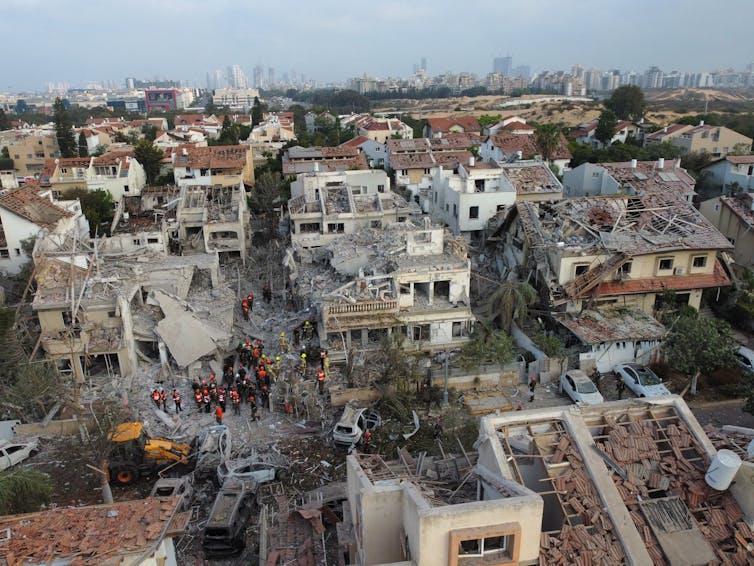
🌄 Plan Your Trip to Northeast India with Us!
Want to explore the untouched beauty of the Northeast?
From the misty mountains of Mizoram to the living root bridges of Meghalaya, and the cultural heart of Assam — we’ve got you covered!
✅ Personalized Travel Itinerary
✅ Local Guides & 24/7 Support
✅ Best Hotel & Homestay Options
✅ Group Tours & Solo Packages
✅ Affordable, Safe & Hassle-Free
📩 Contact us today and let’s start planning your dream trip!
📞 Call/WhatsApp: 8453980642
🧳 Book your Northeast adventure now – Discover places you’ve only dreamed of!
